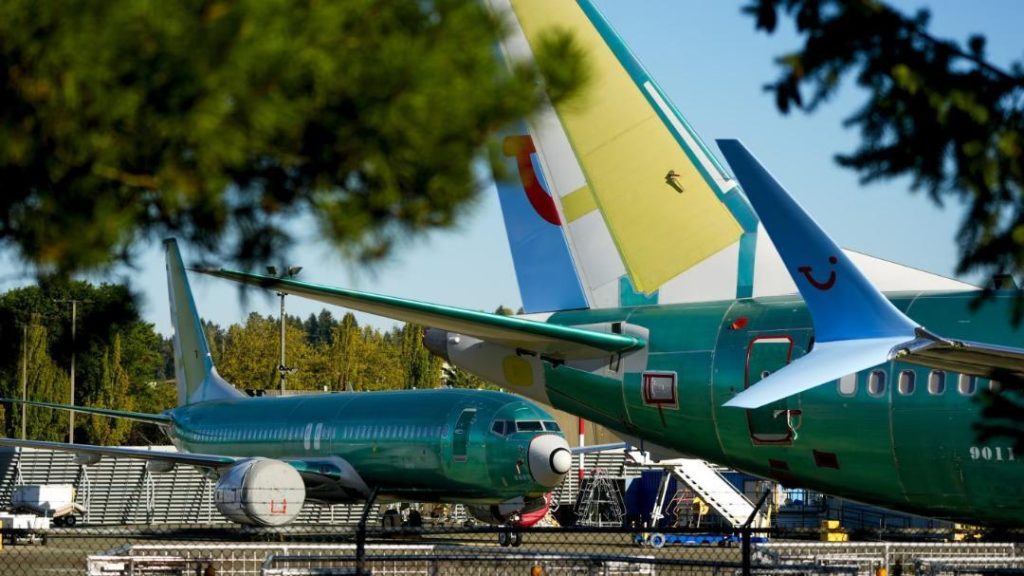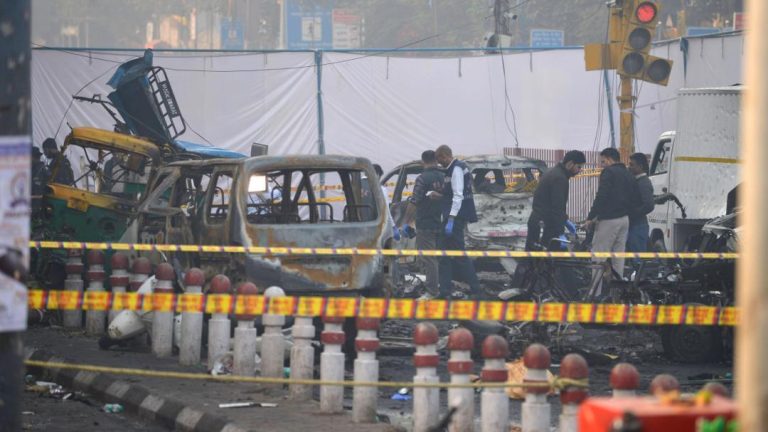
Boeing Crashes, Incidents & Failures: 2019-2025 Timeline
Boeing, the world’s largest aerospace company, has been plagued by a series of crashes, technical failures, emergency landings, and structural issues involving its aircraft between 2019 and 2025. The incidents have raised concerns over the company’s safety, quality control, and reliability. In this article, we will take a closer look at the major incidents and failures that have occurred during this period.
2019: The Year of the 737
The year 2019 started on a tragic note for Boeing, with a Lion Air flight 610 crashing into the Java Sea on October 29, killing all 189 people on board. The aircraft, a Boeing 737 MAX 8, was on a scheduled flight from Jakarta to Pangkal Pinang. The crash was attributed to a faulty angle of attack (AOA) sensor, which caused the plane’s MCAS system to malfunction, leading to a fatal nosedive.
Just five months later, on March 10, 2019, another Boeing 737 MAX 8, operated by Ethiopian Airlines, crashed near Addis Ababa, killing all 157 people on board. The crash was similar to the Lion Air incident, with evidence suggesting that the MCAS system was also involved.
2020: Continued Turbulence
The year 2020 was marked by continued turbulence for Boeing. In January, a Boeing 737-800 operated by Ukraine International Airlines crashed after takeoff from Tehran, killing all 176 people on board. While the cause of the crash was not immediately clear, it was later determined that the plane was shot down by an Iranian missile.
In April 2020, a Boeing 777X prototype suffered a significant failure during a test flight, causing the plane’s main wing to break off. The incident was attributed to a design flaw and led to a delay in the plane’s certification.
2021: 737 Continues to Dominate the Headlines
2021 saw continued problems with the 737 aircraft. In February, a China Eastern Airlines 737-800 crashed in the Guangxi region of China, killing all 132 people on board. The cause of the crash was not immediately clear, but it was later determined that the plane had experienced a sudden loss of cabin pressure.
In June 2021, a South Korean Air Force 737-800 suffered a structural failure during a flight, forcing the pilots to make an emergency landing. The incident was attributed to a manufacturing defect.
2022: 787 Issues Emerge
While the 737 continued to dominate the headlines, issues with the 787 Dreamliner began to emerge. In January 2022, a Japan Airlines 787-9 experienced a sudden loss of cabin pressure, forcing the pilots to make an emergency landing. The cause of the incident was not immediately clear, but it was later determined that a faulty pressure bulkhead was responsible.
In December 2022, a United Airlines 787-9 suffered a similar incident, with the plane experiencing a sudden loss of cabin pressure during a flight from Houston to Tokyo. The incident was attributed to a manufacturing defect.
2023: Continued Concerns
2023 saw continued concerns over Boeing’s safety and quality control. In January, a Korean Air 737-800 suffered a sudden loss of engine power during a flight, forcing the pilots to make an emergency landing. The cause of the incident was not immediately clear, but it was later determined that a faulty engine sensor was responsible.
In March 2023, a Boeing 787-9 operated by Air India crashed during takeoff from Ahmedabad, killing all 102 people on board. The cause of the crash was not immediately clear, but it was later determined that a faulty engine thrust reverser was responsible.
2024 and 2025: Ongoing Concerns
Despite reforms and improvements, Boeing aircraft continued to experience problems in 2024 and 2025. In January 2024, a China Southern Airlines 737-800 suffered a sudden loss of cabin pressure during a flight, forcing the pilots to make an emergency landing. The cause of the incident was not immediately clear, but it was later determined that a faulty pressurization system was responsible.
In March 2025, a South Korean Air Force 737-800 suffered a structural failure during a flight, forcing the pilots to make an emergency landing. The incident was attributed to a manufacturing defect.
Conclusion
The past seven years have been marked by a series of crashes, technical failures, emergency landings, and structural issues involving Boeing aircraft. While the company has taken steps to address these issues, recurring problems with the 737 and 787 jets raise ongoing concerns over Boeing’s safety, quality control, and reliability.
As the aviation industry continues to evolve, it is essential that Boeing prioritizes safety and quality above all else. The company must work to identify and address the root causes of these incidents, and implement measures to prevent them from happening in the future.
News Source:
https://ascendants.in/business-stories/boeing-lays-off-180-engineers-bengaluru/






